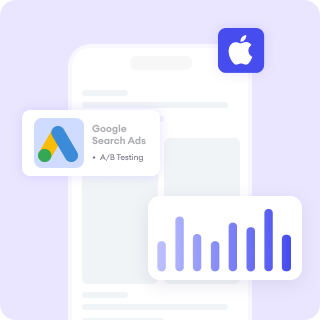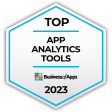What Is On-Page SEO?
On-page SEO involves optimizing individual web pages to rank higher in search engines and attract relevant traffic. This encompasses elements like content, HTML tags, URL structure, and user experience.
The Importance Of On-Page SEO
On-page SEO is foundational to achieving search visibility. Even the most authoritative backlinks or advanced technical SEO efforts may fail to yield results without proper optimization. It directly affects rankings, user satisfaction, and conversions.
Types Of On-Page SEO
- Content Optimization: Includes keyword usage, readability, and addressing user intent.
- HTML Element Optimization: Involves tags like titles, meta descriptions, and headers.
- Design and Experience: Mobile responsiveness, site speed, and visual appeal contribute to engagement.
Examples Of On-Page SEO
- Optimizing a blog post for the keyword "best laptops under $1000" by including it in the title, meta description, and headings.
- Adding structured data (schema) to a recipe page for rich snippet results.
Best Practices For On-Page SEO
- Keyword Research: Use tools like Google Keyword Planner or Ahrefs to find relevant search terms.
- Title Tag Optimization: Create concise, keyword-rich titles within 60 characters.
- Meta Description: Write compelling summaries with a clear call to action.
- Internal Linking: Link to related pages to improve navigation and distribute link equity.
- Content Quality: Ensure content is original, informative, and aligned with user intent.
Learn more:
- What Exactly Is The Goal Of Keyword Research In SEO?
- What Are The Important Aspects To Look At When Doing Keyword Research?
- How To Write Quality Content For A Website
- How To Write Meta Descriptions For Better CTR
Key Aspects Of On-Page SEO
- Keyword Placement: Incorporate target keywords naturally throughout the page, especially in titles, headings, and the first 100 words.
- User Engagement Metrics: High bounce rates and low dwell time indicate poor content relevance.
- Content Structure: Use H1 for the main heading, H2/H3 for subtopics, and bullet points for scannability.
- Mobile Optimization: With mobile-first indexing, on-page elements must be fully responsive.
- Multimedia Use: Optimize images, videos, and infographics for SEO by adding descriptive file names and alt text.
Challenges For On-Page SEO
- Balancing keyword optimization without crossing into keyword stuffing.
- Keeping up with ever-changing search engine algorithms.
- Ensuring consistency across large-scale websites with multiple pages.
Relevant Metrics
- Organic traffic to optimized pages.
- Click-through rate (CTR) from SERPs.
- Engagement metrics like bounce rate, time on page, and scroll depth.







